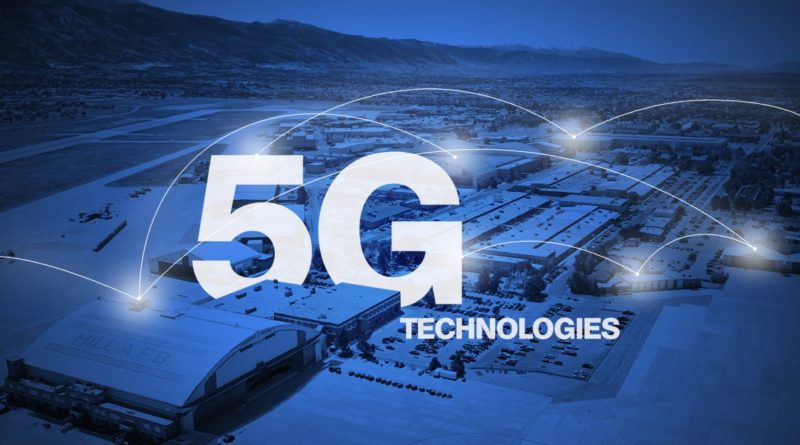Big video innovation is moving forward in 5G era
5G networks have the characteristics of high speed, large capacity, low latency and low energy consumption, which will lead to great changes in all industries of the society, especially the video industry.
As a mature 5G application scenario, video will embrace more promising prospects in the future. With 5G networks, high-quality video content such as UHD, 4K, 8K, and 120-frame videos will become popular for consumers, and VR, AR, interactive video, and AI-based video content will be their next hot videos. Paid video content will also change in intelligent distribution mode such as advertising, and the use of big data and AI can make video content target the right audience, which will improve video revenues.
5G Video Innovations
According to IDC’s China Quarterly Augmented and Virtual Reality Headset Tracker released in the first quarter of 2019, strong growth was expected to continue in China in 2018 as the shipments for VR headsets climbed to 1.168 million units. IDC forecasts shipments for VR headsets to reach 10.501 million units and shipments for AR headsets to reach 8.214 million units in China in 2023.
The existing VR will coexist for a long time with 5G VR. Existing VR users, especially professional ones, need local rendering and control, which poses higher requirements on VR devices but delivers an ordinary user experience. However, in the 5G Cloud VR mode, the data is transmitted to the cloud through a 5G network, and then the processed data is sent to a VR headset. In this process, the VR headset becomes a terminal that receives and sends signals and displays content. It only needs little edge computing capability to drive the operation of the entire system. With less power consumed as a result of lower requirement for chip performance, the VR headset will have a better battery life. Moreover, the 5G network has a more powerful geo-location ability, which also improves VR user experience to a certain extent.
5G Live TV
UHD videos and VR live broadcast of sporting events impose higher requirements on network bandwidth and latency. MEC can move video sources and relevant IT apps down to the vicinity of the stadium to create a network environment with high performance and low latency. Using MEC and low-latency encoding technologies, the end-to-end latency of live broadcast can be reduced to less than one second, which greatly improves the spectators’ experience of watching the event.
By using AI and other application capabilities deployed on the MEC cloud platform, videos can be analyzed and processed to offer value-added services such as scene capture and action recognition. In a traditional large sporting event, on-site spectators cannot see the details of the game due to the restrictions of viewing distance and seat position. However, with the 5G Live TV solution, spectators can use their smartphones to make the cameras lock on a certain player or a specific angle, zoom in or out views on the screen to see the details, and can also rotate views 360 degrees to enjoy a personalized game-watching experience.
Interactive Video
There are three types of interactive videos: customizable, conversational, and exploratory. The exploratory interactive video is relatively new and generally provides few tips or even no tips, allowing users to explore interactive points and ways in the video. This type of videos usually adopts real-life scenes to make viewers feel more immersive. Before a user operates, the video is played in a cyclic manner until the user finds the interactive point.
Prospects
There are more than 700 million online video users, and the number of consumers who are willing to pay for video services is still growing. As 5G networks are widely deployed, viewers will pose higher requirements on online videos. In the future, more and more breakthroughs and innovations will be achieved for online videos, which involve improving video quality, providing a clearer, faster and more diversified audio-visual enjoyment, and bringing a new experience to users in the fields of 4K, 8K, VR, holography and short video.




